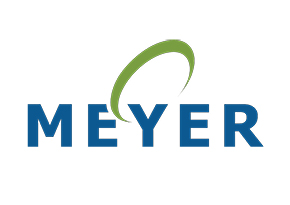24 October 2017
Avoiding a condensation crisis

Condensation caused by water vapour can create serious problems in buildings. Everyday tasks such as cooking, bathing and even breathing emit moisture, which if not suitably ventilated, can damage building materials and support the growth of toxic mould, leading to major respiratory allergies in occupants.
TRADA’s revised Wood Information Sheet (WIS) Condensation Control in Dwellings provides expert advice on all aspects of condensation control, including measures that can be taken to reduce the relative humidity within a building, such as limiting the amount of water vapour occupants create, ensuring vapour can readily escape outside, and maintaining adequate internal surface temperatures.
Responding to a change in standard: BS 5250:2011+A1:2016 Code of practice for control of condensation in buildings, the revised WIS reflects a greater understanding of the problems caused by moisture in buildings, since its last revision in 2011.
This WIS explains how to manage the complex interrelationship between heating, ventilation, moisture production, building layout and properties of the materials making up the fabric of the building. It also highlights the need for vigilance in recognising the signs of interstitial condensation, which may occur unnoticed for extended periods and damage the structure of a building.
Members can download a free copy of Condensation Control in Dwellings. WIS sheets are available to non-members too – purchase a PDF online and a hardcopy at the TRADA Bookshop.
 |
 |
 |
|
Join TRADA today and benefit from unlimited access to hundreds of authoritative guides, research and publications.
No timber question is too big or too small for TRADA’s friendly panel of experts. Check out our answers to your most FAQs on topics such as cladding, decking, fire doors and much more. Alternatively, members can pick up the phone or email us for free, confidential advice on +44 (0)1494 569601 or advisory@trada.co.uk. |
This Wood Information Sheet was revised in September 2017.























